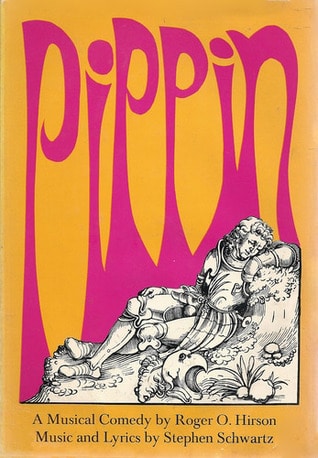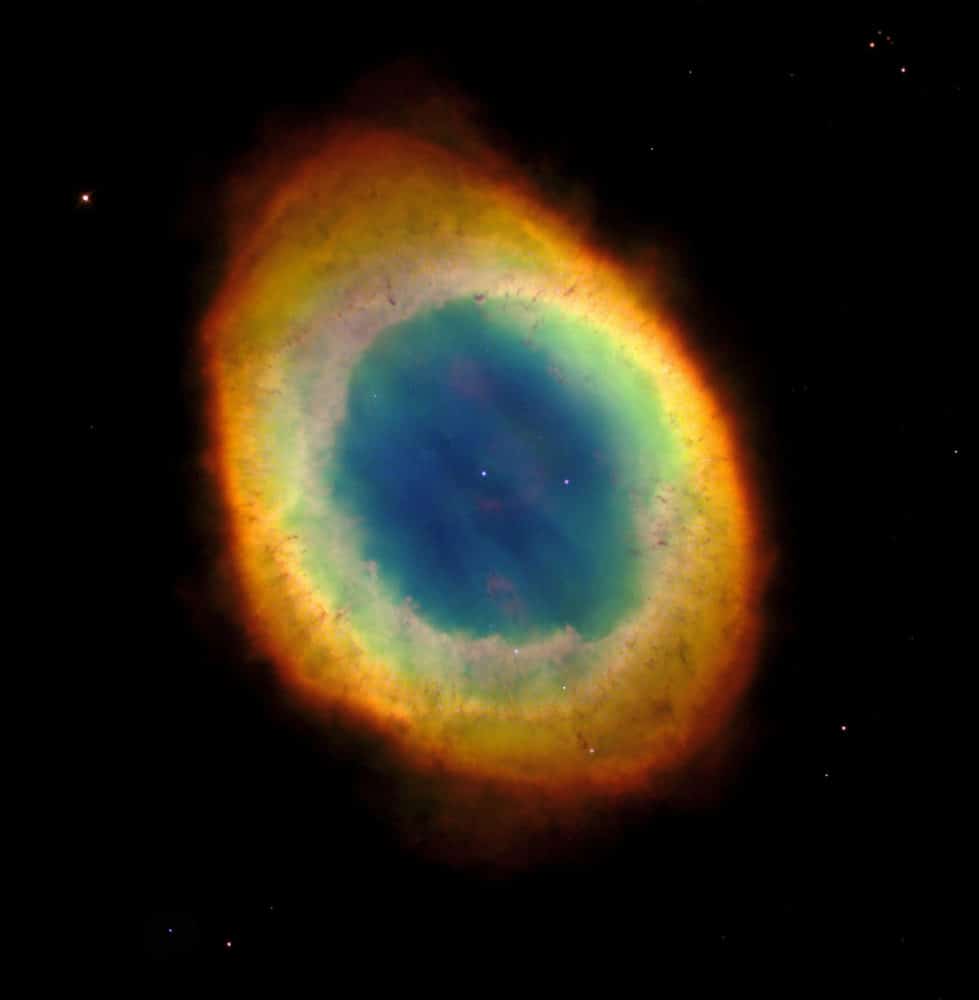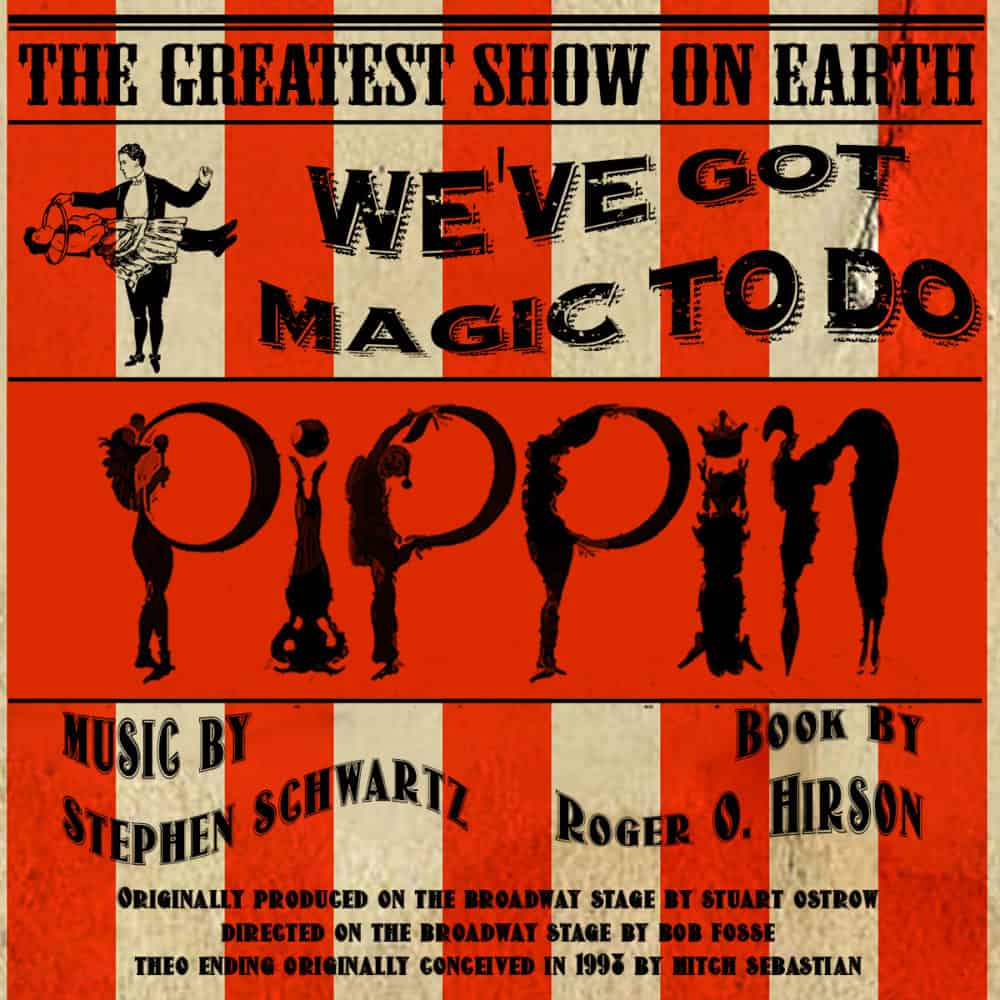Blog
Leonard Norman Cohen CC GOQ (September 21, 1934 – November 7, 2016) was a Canadian singer, songwriter, poet, and novelist. His work explored religion, politics, isolation, sexuality, and romantic relationships. Cohen was inducted into the Canadian Music Hall of Fame, the Canadian Songwriters Hall of Fame, and the Rock and Roll Hall of Fame. He was invested as a Companion of the Order of Canada, the nation’s highest civilian honour. In 2011, Cohen received one of the Prince of Asturias Awards for literature and the ninth Glenn Gould Prize.
Cohen pursued a career as a poet and novelist during the 1950s and early 1960s; he did not launch a music career until 1967, at the age of 33. His first album, Songs of Leonard Cohen (1967), was followed by three more albums of folk music: Songs from a Room (1969), Songs of Love and Hate(1971) and New Skin for the Old Ceremony (1974). His 1977 record Death of a Ladies’ Man, co-written and produced by Phil Spector, was a move away from Cohen’s previous minimalist sound. In 1979, Cohen returned with the more traditional Recent Songs, which blended his acoustic style with jazz, Oriental, and Mediterranean influences. Perhaps Cohen’s most famous song, “Hallelujah“, was first released on his studio album Various Positions in 1984. I’m Your Man in 1988 marked Cohen’s turn to synthesized productions and remains his most popular album. In 1992, Cohen released its follow-up, The Future, which had dark lyrics and references to political and social unrest.
Cohen returned to music in 2001 with the release of Ten New Songs, which was a major hit in Canada and Europe. His 11th album, Dear Heather, followed in 2004. Following a successful string of tours between 2008 and 2013, Cohen released three albums in the final four years of his life: Old Ideas (2012), Popular Problems (2014) and You Want It Darker (2016), the last of which was released three weeks before his death.
Leonard Cohen was born into a middle-class Jewish family in Westmount, Quebec, on September 21, 1934. His Lithuanian mother, Marsha Klonitsky (“Masha”; 1905–1978), was the daughter of a Talmudic writer, Rabbi Solomon Klonitsky-Kline, and emigrated to Canada in 1927. His paternal grandfather, whose family had moved from Poland to Canada, was Lyon Cohen, the founding president of the Canadian Jewish Congress. His father, Nathan Bernard Cohen (1891–1943), who owned a substantial clothing store, died when Cohen was nine years old. The family observed Orthodox Judaism, and belonged to Congregation Shaar Hashomayim, to which Cohen retained connections for the rest of his life. On the topic of being a Kohen, Cohen told Richard Goldstein in 1967, “I had a very Messianic childhood. I was told I was a descendant of Aaron, the high priest.
more...Foreststorn “Chico” Hamilton, (September 20, 1921 – November 25, 2013) was an American jazz drummer and bandleader. He came to prominence as sideman for Lester Young, Gerry Mulligan, Count Basie, and Lena Horne. Hamilton became a bandleader, first with a quintet featuring the cello as a lead instrument, an unusual choice for a jazz band in the 1950s, and subsequently leading bands that performed cool jazz, post bop, and jazz fusion.
Foreststorn Hamilton was born in Los Angeles, California, one of three brothers, one of whom was actor Bernie Hamilton.
Hamilton started his career in a band with Charles Mingus, Illinois Jacquet, Ernie Royal, Dexter Gordon, Buddy Collette and Jack Kelso before he had finished high school. Engagements with Lionel Hampton, Slim & Slam, T-Bone Walker, Lester Young, Count Basie, Duke Ellington, Charlie Barnet, Billy Eckstine, Nat King Cole, Sammy Davis Jr., Billie Holiday, Gerry Mulligan and Lena Horne established his career.
Hamilton appeared in You’ll Never Get Rich (1941) as part of the backing group supporting Fred Astaire. Hamilton also performed on the soundtrack of the Bing Crosby and Bob Hope film Road to Bali (1952).
https://www.youtube.com/watch?v=wIewkLZiQMI
more...Leroy Eliot “Slam” Stewart (September 21, 1914 – December 10, 1987) was an American jazz double bass player whose trademark style was his ability to bow the bass (arco) and simultaneously hum or sing an octave higher. He was a violinist before switching to bass at the age of 20.
Stewart found regular session work throughout the 1940s with Lester Young, Fats Waller, Coleman Hawkins, Erroll Garner, Art Tatum, Johnny Guarnieri, Red Norvo, Don Byas, Benny Goodman, and Beryl Booker. One of the most famous sessions he played on took place in 1945 when Stewart played with Dizzy Gillespie’s group (which featured Charlie Parker). Out of those sessions came some of the classics of bebop such as “Groovin’ High” and “Dizzy Atmosphere“.
more...Greta Thunberg is leading kids and adults from 150 countries in a massive Friday climate strike.
Young people from around the world are leading a massive coordinated strike from school on Friday, September 20, to protest government and business inaction on climate change. It is likely to be one of the largest environmental protests in history.
The Global Climate Strike comes just before countries will gather at the United Nations for the Climate Action Summit on September 23, where countries are supposed to ramp up their ambitions to curb greenhouse gases under the 2015 Paris climate agreement. A second worldwide strike is planned for September 27.
“If you can’t be in the strike, then, of course, you don’t have to,” 16-year-old Swedish climate activist Greta Thunberg, the original school striker who last year began demanding more action from her government on climate change with weekly protests, told Teen Vogue. “But I think if there is one day you should join, this is the day.”
Thunberg has become an increasingly influential figurehead and voice for youth climate angst and activism. Since she no longer flies because of the aviation industry’s high carbon emissions, she was offered the opportunity to travel to the US on a zero-emissions sailboat. This week, she’s been in Washington, DC, speaking before Congress and meeting with US lawmakers, including House Speaker Nancy Pelosi (D-CA), before heading to New York City for the strikes and the summit.
more...
Portrayed in this beautiful image is the spiral galaxy NGC 1448, with a prominent disc of young and very bright stars surrounding its small, shining core. Located about 60 million light-years away from the Sun, this galaxy has recently been a prolific factory of supernovae, the dramatic explosions that mark the death of stars : after a first one observed in this galaxy in 1983, two more have been discovered during the past decade.
Visible as a red dot inside the disc, in the upper right part of the image, is the supernova observed in 2003 (SN 2003hn), whereas another one, detected in 2001 (SN 2001el), can be noticed as a tiny blue dot in the central part of the image, just below the galaxy’s core. If captured at the peak of the explosion, a supernova might be as bright as the whole galaxy that hosts it.
This image was obtained using the FORS instrument mounted on one of the 8.2-metre telescopes of ESO’s Very Large Telescope on top of Cerro Paranal, Chile. It combines exposures taken through three filters (B, V, R) on several occasions, between July 2002 and the end of November 2003. The field of view is 7 arcminutes.
more...Edwin Joseph Bocage (September 20, 1930 – March 18, 2009), known as Eddie Bo, was an American singer and pianist from New Orleans. Schooled in jazz, he was known for his blues, soul and funk recordings, compositions, productions and arrangements. He debuted on Ace Records in 1955 and released more single records than anyone else in New Orleans other than Fats Domino. Eddie Bo worked and recorded for more than 40 different record labels, including Ace, Apollo Records, Arrow, At Last, Blue-Jay, Bo-Sound, Checker, Chess, Cinderella, Nola, Ric (for which business his carpentry skills were used to build a studio), Scram, Seven B, and Swan. He is described at Allmusic as “a sorely underappreciated veteran of the New Orleans R&B scene.” Eddie Bo grew up in Algiers, Louisiana and in the Ninth Ward of New Orleans. He came from a long line of ship builders with the male members of his family being bricklayers, carpenters and masons by day and musicians by night. Eddie’s mother was a self-taught pianist in the style of friend, Professor Longhair. The Bocage family was involved in the traditional jazz community with cousins Charles, Henry and Peter, who played with Sidney Bechet, contributing to jazz orchestras before World War II.
more...Eric J. Gale (September 20, 1938 – May 25, 1994) was an American jazz and session guitarist. Born in Brooklyn, New York, Gale began playing guitar at the age of 12. Although he majored in chemistry at Niagara University, Gale was determined to pursue a musical career, and began contributing to accompaniments for such stars as Maxine Brown, the Drifters, and Jesse Belvin. He soon began to attract the attention of King Curtis and Jimmy Smith, who began recommending him for studio work. He became known first as a session musician in the 1960s, eventually appearing on an estimated 500 albums. Among the many artists he recorded with were Mose Allison, Aretha Franklin, Bob James, Paul Simon (Gale plays a supporting role in the 1980 film One-Trick Pony, written by and starring Simon), Lena Horne, Quincy Jones, Bob Marley, Nina Simone, Peter Tosh, Grover Washington, Jr., Herbie Mann, Esther Phillips, Joe Cocker, Carly Simon, Van Morrison, Al Jarreau, Dave Grusin, Lee “Scratch” Perry, Paul Douglas and Billy Joel. He also had played in Aretha Franklin’s stage band.
Keith Moore “Red” Mitchell (September 20, 1927 – November 8, 1992), was an American jazz double-bassist, composer, lyricist, and poet. Mitchell was born on September 20, 1927, in New York City. His younger brother, Whitey Mitchell, also became a jazz bassist.
Mitchell was raised in New Jersey by a father who was an engineer and loved music, and a mother who loved poetry. His first instruments were piano, alto saxophone, and clarinet. Although Cornell University awarded him an engineering scholarship, by 1947 he was in the US Army playing bass. The next year he was in a jazz trio in New York City.
Mitchell performed and/or recorded with Mundell Lowe, Chubby Jackson, Charlie Ventura, Woody Herman, Red Norvo, Gerry Mulligan, and, after joining the West Coast jazz scene in the early 1950s, with André Previn, Shelly Manne, Hampton Hawes, Billie Holiday, Stan Seltzer, Ornette Coleman, and others such as Mahalia Jackson. He also worked as a bassist in the TV and film studios around Los Angeles, occasionally appearing on screen. Mitchell also appeared in documentaries about Tal Farlow and Zoot Sims.
more...Flamenco Fridays with Sevillanas. Sevillanas (Spanish pronunciation: [seβiˈʝanas]) are a type of folk music and dance of Sevilla and its region. They were derived from the Seguidilla, an old Castilian folk music and dance genre. In the nineteenth century they were influenced by Flamenco. They have a relatively limited musical pattern but are rich in lyrics based on country life, virgins, country towns, neighborhoods, pilgrimage, and love themes. The rhythm of Sevillanas can be interpreted as 3/4, although it is generally 6/8. Each sevillana is composed of 4 or sometimes 7 parts, with each part divided into 3 coplas and with each copla made up of 6 movements. During festivals and shows, it is often the Sevillana dancing visitors to Andalusiamistakenly take as Flamenco, as it is a vivid style, full of turns.
https://www.youtube.com/watch?v=4FhNFWNjUiQ
more...https://www.youtube.com/watch?v=PBZ7DJMHp88
more...The Ring Nebula (also catalogued as Messier 57, M57 or NGC 6720) is a planetary nebula in the northern constellation of Lyra. Such objects are formed when a shell of ionized gas is expelled into the surrounding interstellar medium by a star at the end of its asymptotic giant branch phase, in the last stages of its evolution before becoming a white dwarf. This nebula was discovered by the French astronomer Charles Messier while searching for comets in late January 1779. Messier’s report of his independent discovery of Comet Bode reached fellow French astronomer Antoine Darquier de Pellepoix two weeks later, who then independently rediscovered the nebula while following the comet. Darquier later reported that it was “…as large as Jupiter and resembles a planet which is fading” (which may have contributed to the use of the “planetary nebula” terminology). It would be entered into Messier’s catalogue as the 57th object. Messier and German-born astronomer William Herschel speculated that the nebula was formed by multiple faint stars that were unresolvable with his telescope.
M57 is 0.787 kpc (2,570 light-years) from Earth. It has a visual magnitude of 8.8v and photographic magnitude of 9.7p. Photographs taken over a period of 50 years show the rate of nebula expansion is roughly 1 arcsecond per century, which corresponds to spectroscopic observations as 20–30 km s−1. M57 is illuminated by a central white dwarf or planetary nebula nucleus (PNN) of 15.75v visual magnitude.
more...
Muhal Richard Abrams (born Richard Lewis Abrams; September 19, 1930 – October 29, 2017) was an American educator, administrator, composer, arranger, clarinetist, cellist, and jazz pianist in the free jazz medium. He recorded and toured the United States, Canada and Europe with his orchestra, sextet, quartet, duo and as a solo pianist. His musical affiliations constitute a “who’s who” of the jazz world, including Max Roach, Dexter Gordon, Eddie “Lockjaw” Davis, Art Farmer, Sonny Stitt, Anthony Braxton, and The Art Ensemble of Chicago.
Abrams’s mother, Edna, was born in Memphis. His father, Milton, was born in Alabama and moved with his parents to Chicago. Richard Lewis Abrams was born there, the second of nine children, on September 19, 1930. His father became a self-employed handyman; his mother was a housewife. “Abrams’s paternal grandfather was ‘what you call a junk man’, selling the fruits of neighborhood foraging. Abrams and his brother would pull the cart around the neighborhood, eventually arriving at a junk-yard on State Street, where the items would be sold.” Abrams first attended Forrestville public school in Chicago. He grew up in a gang area; truancy and fighting meant that he was sent to Moseley School, a reformatory school for boys. There, in addition to strict discipline, he was taught about black histories. He later moved on to DuSable High School. Although he was aware of the strong music program there, led by Walter Dyett, Abrams preferred playing sports, so did not participate in Dyett’s classes. Among the future musicians Abrams met at the school were Charles Davis, Richard Davis, John Gilmore, Johnny Griffin, Laurdine Patrick, and Julian Priester.
more...George Lowen Coxhill (19 September 1932 – 10 July 2012), generally known as Lol Coxhill, was an English free improvising saxophonist and raconteur. He played the soprano or sopranino saxophone.
Coxhill was born to George Compton Coxhill and Mabel Margaret Coxhill (née Motton) at Portsmouth, Hampshire, UK. He grew up in Aylesbury, Buckinghamshire, and bought his first saxophone in 1947. After national service he became a busy semi-professional musician, touring US airbases with Denzil Bailey’s Afro-Cubists and the Graham Fleming Combo. In the 1960s he played with visiting American blues, soul and jazz musicians including Rufus Thomas, Mose Allison, Otis Spann, and Champion Jack Dupree. He also developed his practice of playing unaccompanied solo saxophone, often busking in informal performance situations. Other than his solo playing, he performed mostly as a sideman or as an equal collaborator, rather than a conventional leader – there was no regular Lol Coxhill Trio or Quartet as would normally be expected of a saxophonist. Instead he had many intermittent but long-lasting collaborations with like-minded musicians.
more...Cora “Lovie” Austin (September 19, 1887 – July 8, 1972) was an American Chicago bandleader, session musician, composer, singer, and arranger during the 1920s classic blues era. She and Lil Hardin Armstrong are often ranked as two of the best female jazz blues piano players of the period.
She was born Cora Taylor in Chattanooga, Tennessee. Lovie grew up with eight brothers and sisters. She took the name Cora Calhoun in her teens from an early marriage; she was married for a short time to a movie house operator in Detroit and then later married a vaudeville performer, Phillip Austin. She studied music theory at Roger Williams University and Knoxville College in Knoxville, Tennessee which was uncommon for African American woman and jazz musicians alike during the time.
In 1923, Lovie Austin decided to make Chicago her home, and she lived and worked there for the rest of her life. She was often seen racing around town in her Stutz Bearcat with leopard skin upholstery, dressed to the teeth. Her early career was in vaudeville, where she played piano and performed in variety acts. Accompanying blues singers was Lovie’s specialty, and can be heard on recordings by Ma Rainey (“Moonshine Blues), Ida Cox (“Wild Women Don’t Have the Blues“), Ethel Waters (“Craving Blues”), and Alberta Hunter (“Sad ‘n’ Lonely Blues”).
more...More Posts
- Arghyris Kounadis Day
- Flamenco Fridays with José del Tomate
- Daily Roots with the Heptones
- The Cosmos with M20
- Peter Gabriel Day
- Wardell Gray Day
- King Floyd Day
- World Music with Yungchen Lhamo
- Daily Roots with the Gladiators
- The Cosmos with NGC 7293
- Bill Laswell Day
- Adja Pekkan Day
- Pink Anderson Day
- Big John Wrencher Day
- World Music with Humayun Khan
- Daily Roots with Roy Cousins & the Royals
- The Cosmos with HBH3
- Otis Clay Day
- Little Johnny Taylor Day
- Sergio Mendes Day



